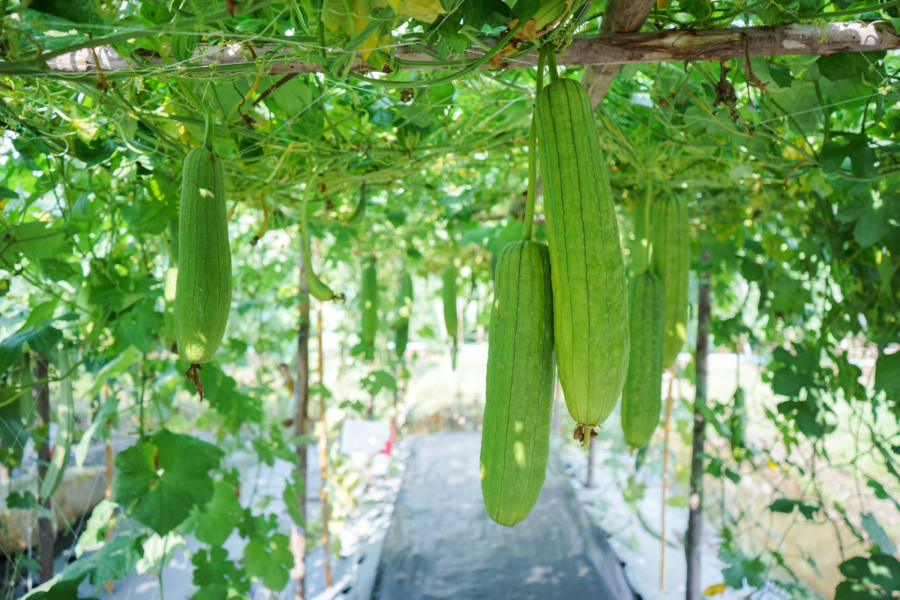Becky Searle explains how to successfully grow these fascinating plants
Would you like to grow something extraordinary in your polytunnel this year? If so why not try loofahs? Yes, that’s right, those weird-looking sponges you use in the bath can be grown in your garden!
The loofah sponge is actually the skeleton of a gourd that grows on large vines in a similar way to cucumbers. Their huge yellow flowers and fast growing habit make them such a joy to give space to in your polytunnel. They offer up such a profusion of fruits you’ll most likely be able to dish out the impressive home-grown loofahs to an array of friends and family next Christmas!
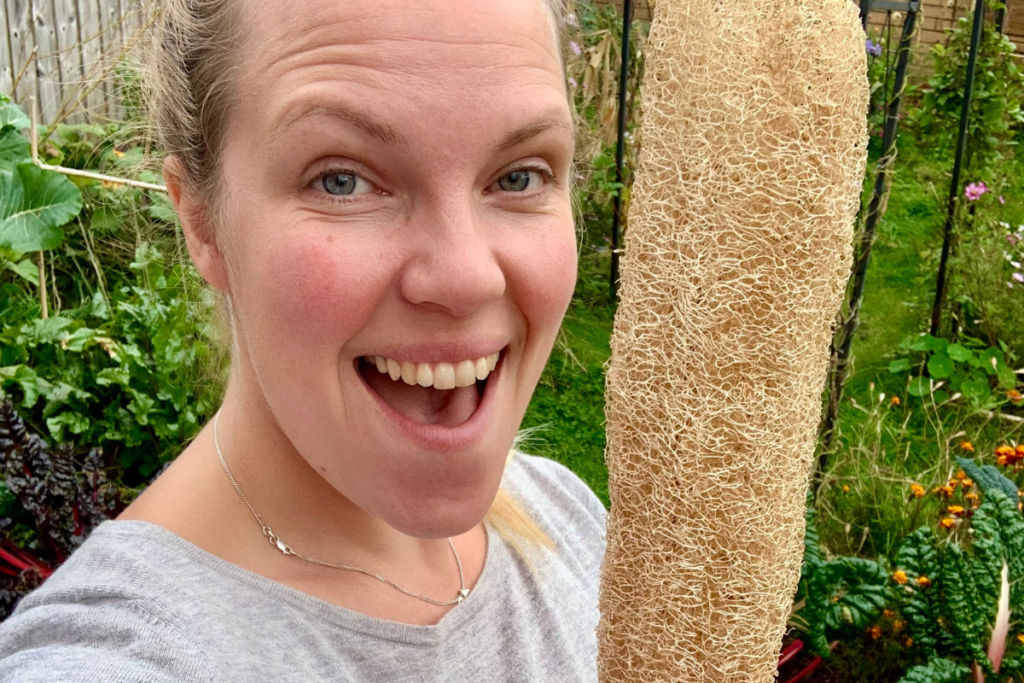
Further loofah uses
You can even bleach or dye them a range of colours for even more gardening fun. Plus, they also work brilliantly as dish sponges when cut into slices, saving you money and reducing your plastic. Not forgetting that loofahs are also edible in their early stages and are considered a delicacy in India!
How to grow them
For success in growing loofahs, you must get them started early. They need a long growing season to produce fruit successfully. At first, they are slow to get going, so you can germinate seed on a sunny windowsill or a heated propagator in your polytunnel.
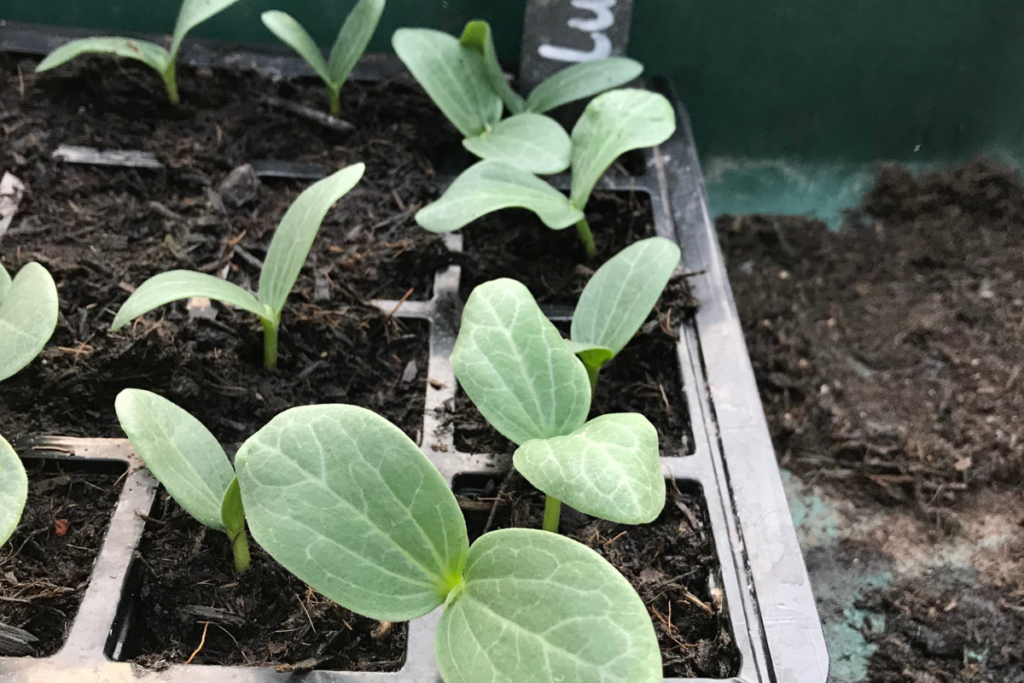
The seed coats are tough, so it’s worth soaking the seeds for a few days before planting; I do this by wrapping them in some damp kitchen roll. Plant the seed on its side, just as you would a courgette seed, to keep the compost moist without the risk of seed rot.
Once your seedlings have their seed leaves (cotyledons) and first set of true leaves, they are ready to plant. If there is still a risk of frost by this time, keep your young plants heated and protected and pot them on. If the weather coast is clear then they can be planted out into the ground in your polytunnel.
Loofahs do need a lot of sun, warmth and space to grow properly, so a polytunnel is the perfect place for them.
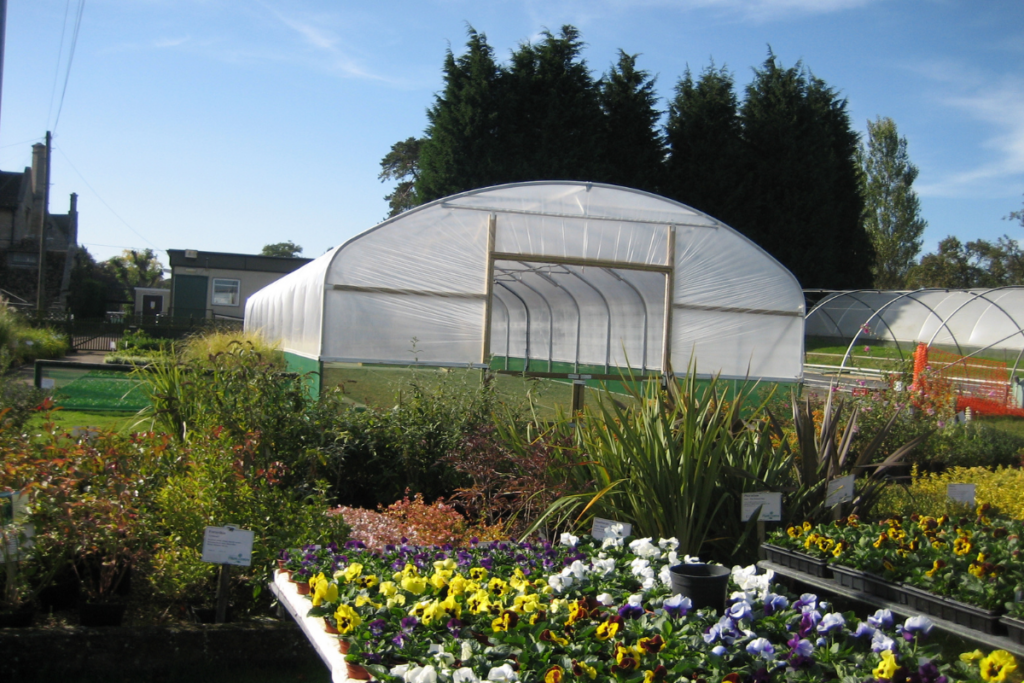
Don’t forget to support your loofahs
I like to do this by using the frame of my polytunnel to create a trellis using strong garden twine. Make sure that the support starts low down to give your loofahs the best chance of climbing high.
Do also ensure your loofahs are getting pollinated, or the small fruits will not properly develop. You can do this by planting some flowers in your polytunnel and leaving the doors open during the day in spring and summer or by hand pollinating like you would a courgette. Your loofahs will grow very quickly and will be heavy at first. Don’t harvest them when they are like this if you want them for the sponges. Instead, wait. After a time, the loofahs will dry out, and the skin will turn brown in places. Once the loofah feels light and sounds hollow when you tap it, it is ready to harvest. Gently peel back the skin and shake out the seeds inside (don’t forget to save them for next year!). Then submerge the sponge in warm, soapy water and squeeze it to get any gunk out.
Then simply leave it somewhere to dry, and enjoy!
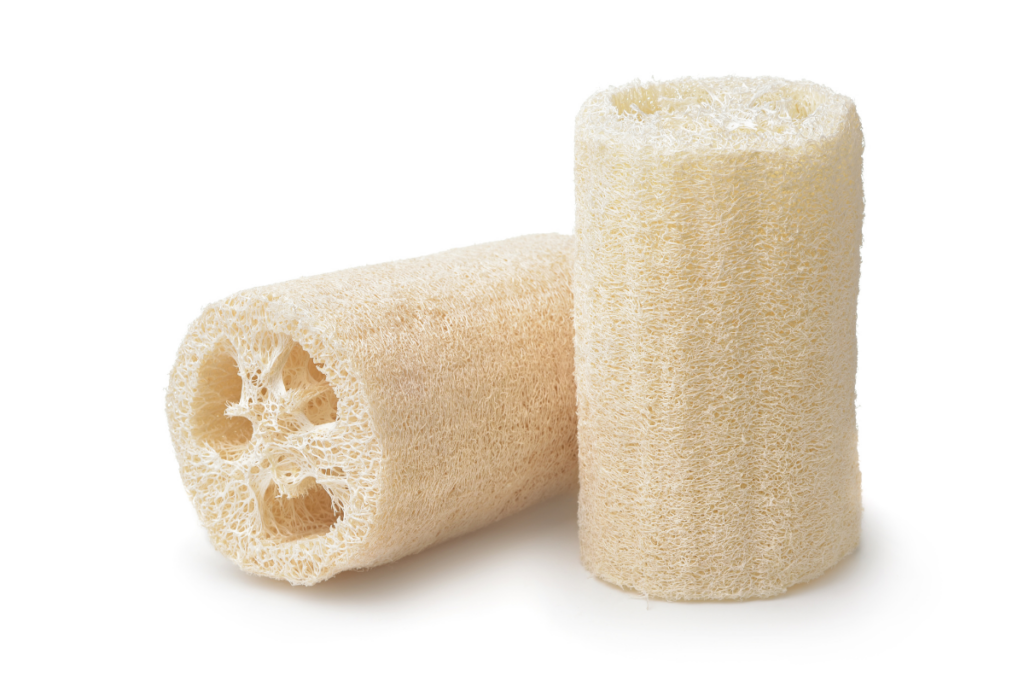
Find more tips, advice and articles like this at the Amateur Gardening website. Subscribe to Amateur Gardening magazine now.

